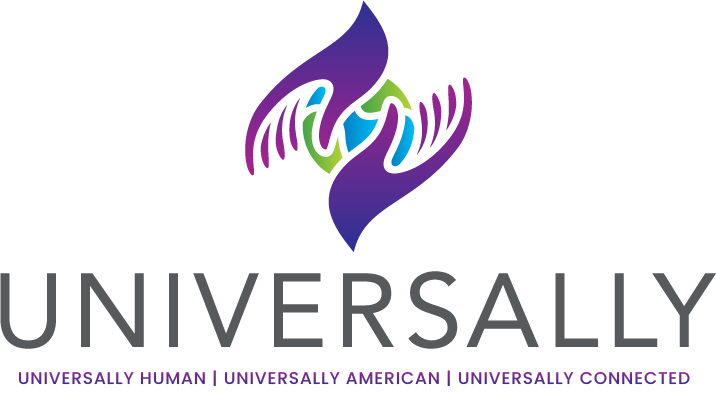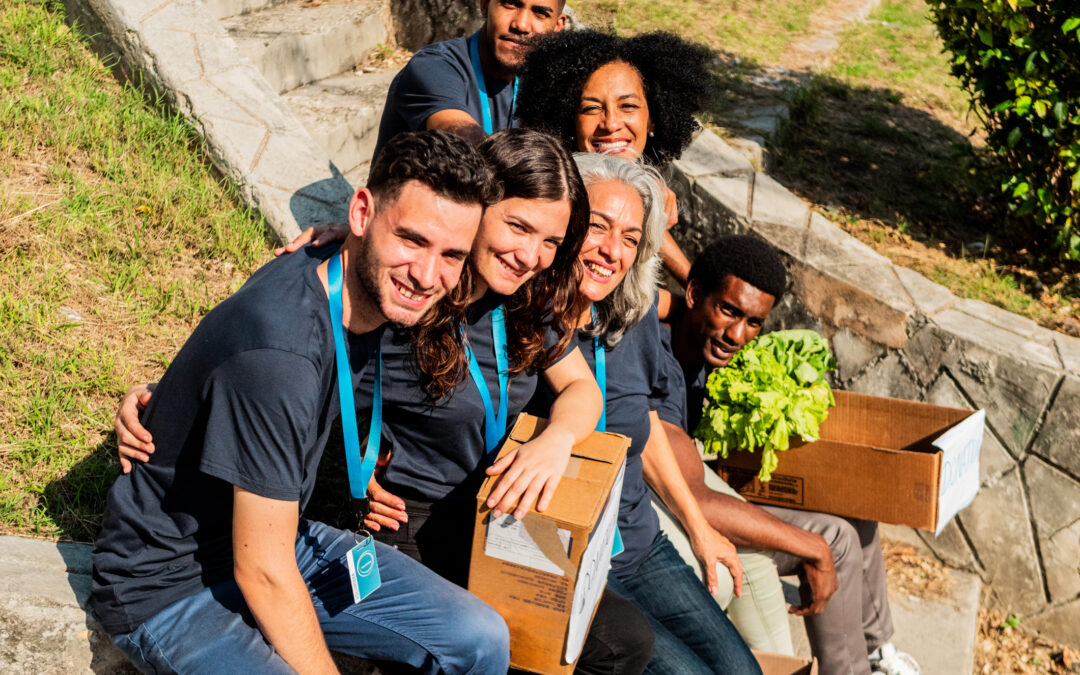Bright Ambassadors
Where communities connect, learn, and lead—together
Bright Ambassadors brings people together through shared service. Volunteers, neighbors, and local leaders work side-by-side on projects that strengthen understanding, empathy, and shared purpose. From supporting community-based programs focused on key community needs to helping communities recover after storms or setbacks, Bright Ambassadors turns everyday acts of service into powerful opportunities for connection and care.
Each service experience is designed to foster dialogue and reflection, and event activities are designed to generate positive interactions, build intercommunity relationships, and create opportunities for Americans to see and lean into the values and experiences they have in common. Participants talk about what they discovered, challenge old assumptions, and see firsthand how cooperation creates belonging. Select Bright Ambassadors events are filmed as part of 360-Degree Storytelling, amplifying real stories of everyday people working together and reminding audiences nationwide that unity is built through action.
How It Works
Universally collaborates with local partners for Bright Ambassadors events.
(1) Identify community needs: We work with local volunteer organizations, civic groups, and community-based nonprofits to pinpoint the community’s most significant needs—whether rebuilding, beautification, food distribution, or other shared priorities.
(2) Build cross-community teams: Volunteers are intentionally grouped across geographic, economic, age, and social lines, ensuring teamwork and interactions that don’t typically occur within the community.
(3) Complete service projects: Teams come together to complete the identified project, working side-by-side toward a shared goal.
(4) Reflect and debrief: After the event, volunteers and beneficiaries participate in guided discussions to reflect on what they learned, how they grew, and what they share in common.
(5) Share real stories: Select events are recorded and featured in 360-Degree Storytelling to highlight the power of cooperation and civic connection.
Example Events
- Post disaster community rebuilding and support.
- Volunteer support for daily activities.
- Shared days of service, such as community cleanup, that bring volunteers from one community to another.
Outcomes
-
98% of participants identify shared values or experiences with people outside their usual networks.
-
Majority of participants report growth in perspective-taking—i.e., demonstrate being able to understand relevant topics from a new or different point of view.
-
Nearly half report new collaborations or friendships formed across community lines.
-
Most volunteers join future community projects within a year, and a third of partner organizations report new partnerships sparked by Bright Ambassadors.
Together, we can show that when we work side-by-side, we grow side-by-side.
If your organization or community would like to bring a Bright Ambassadors event to your area, reach out to info@universallyinc.org.

